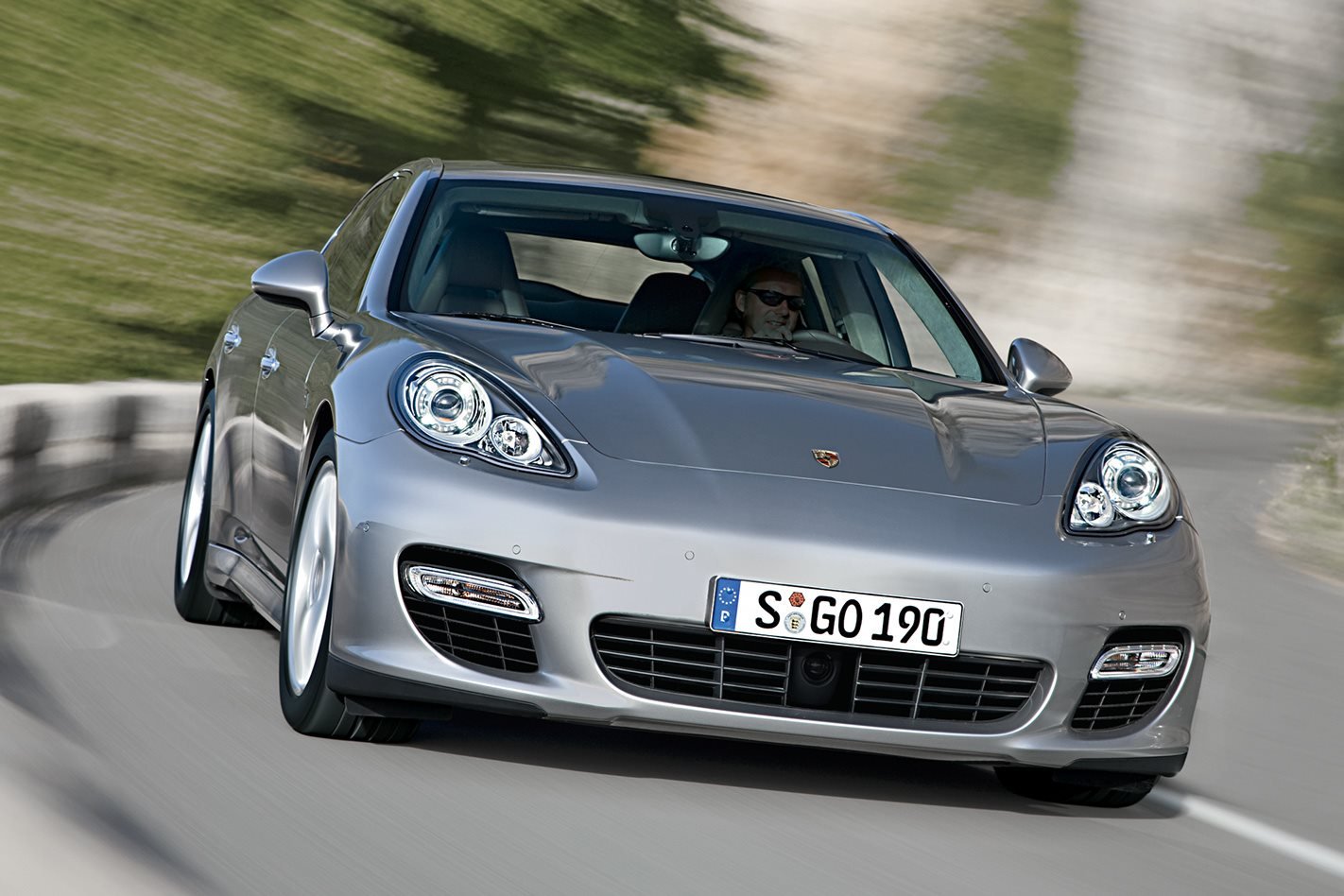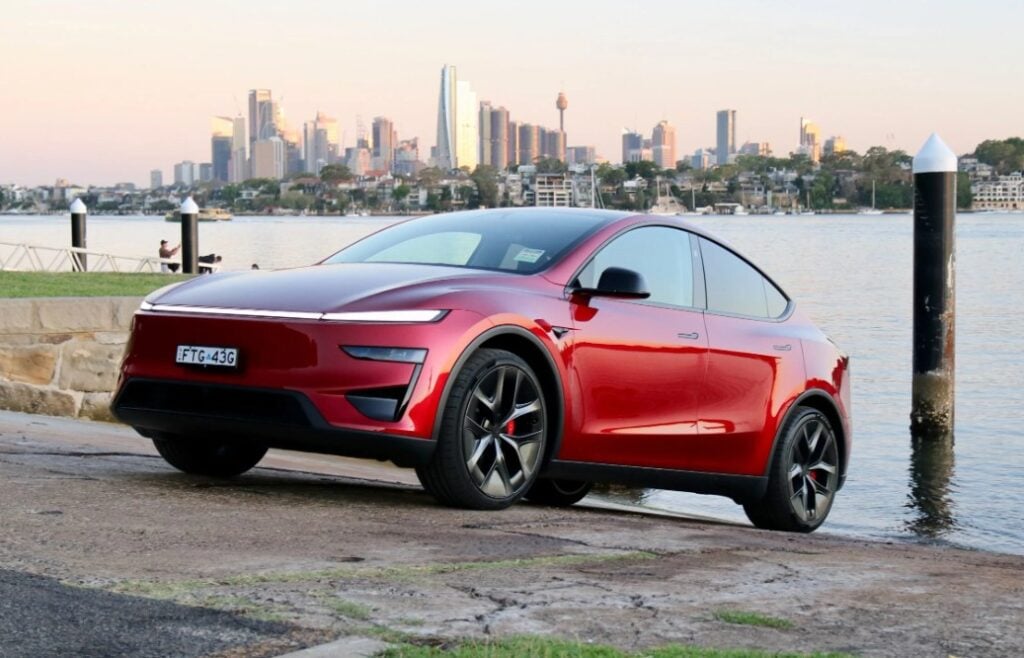The roar from the V8 at full noise has me screaming with excitement, but my best mate is speechless and rapidly losing the colour from his face.
The thrills are coming thick and fast as we belt around the back blocks, getting thrown from side-to-side around several roundabouts before the force of the acceleration drives me back into the seat like nothing I’ve ever felt before.
My senses are already on full alert, but nothing could prepare me for what happens next. The car suddenly swings its tail out to one side, and just as quickly snaps back the other way with a cacophony of tyre-frying fury. Squashed shoulder-to-shoulder against my mate with our knees tucked into our chest, we slide like a Japanese drifter perfectly into our driveway.
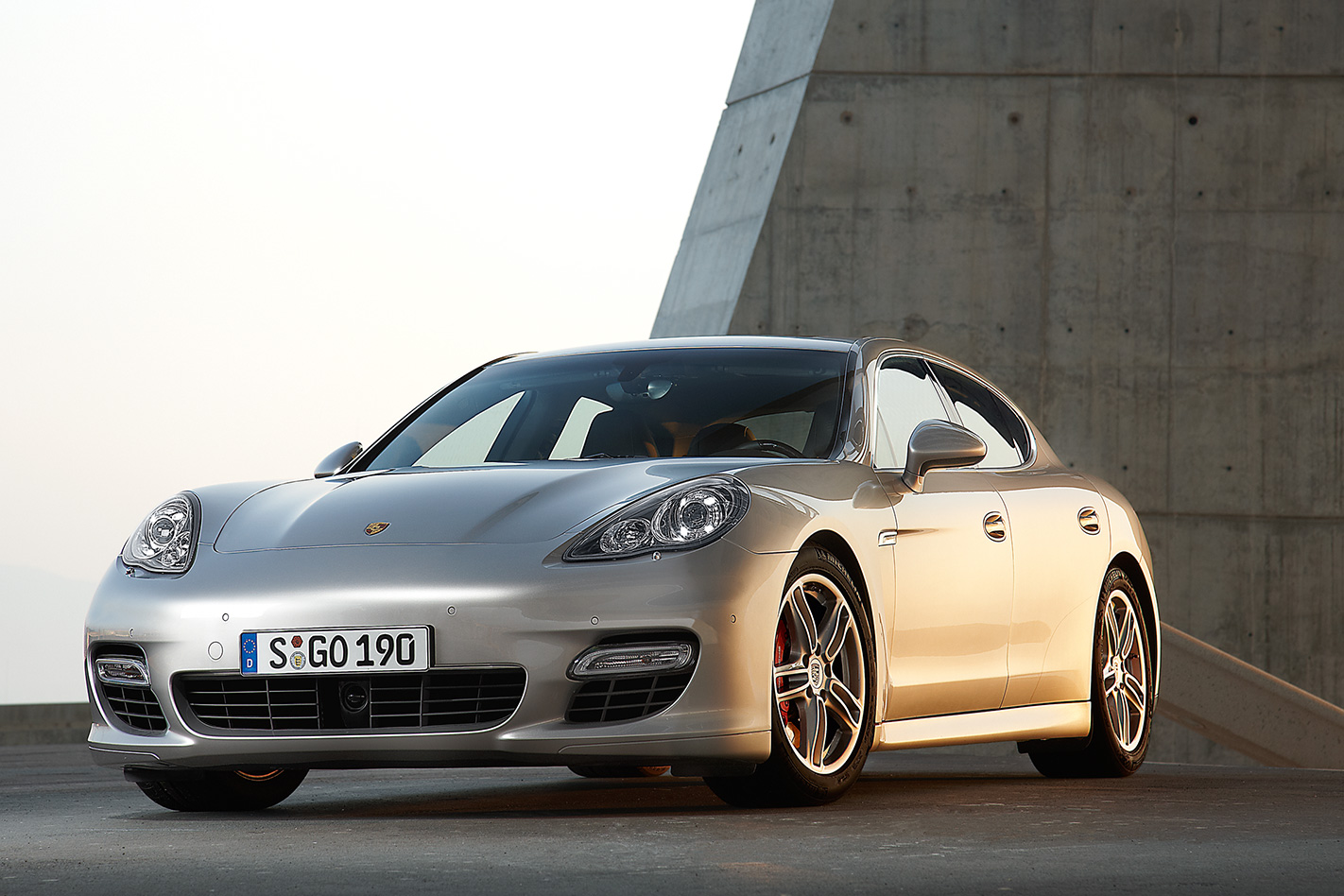
I can’t remember what I actually got for my 10th birthday, but this memory is clearly more significant and indelibly imprinted than anything I unwrapped. See, it was the first time I had been in the back seat of a Porsche. My old man had borrowed a 928S and took me and my mate for a roller-coaster ride of a lifetime.
It was also probably the last time I’ve been in the back seat of a Porsche because, honestly, even a 10-year-old would find it difficult to sit in the rear of a 911. That is until now, as I stretch out in the rear of a Panamera Turbo while belting down the autobahn from Munich to the Austrian Alps, where Porsche is unleashing its four-door, four-seat executive sedan/hatchbacky thingy on the world’s motoring press for the first time.While the 911 will remain Porsche’s most important model line, with the Cayenne SUV providing profit, and the Boxster and Cayman line-ups adding critical mass, the Panamera is no less significant. It’s the first time the company has stretched (pardon the pun) into the sports-sedan segment, promising a car that delivers all the hallmark performance attributes of a 911 with the practicality and comfort of a Cayenne.

Strangely, Porsche considers the Panamera more as an alternative to the likes of the BMW M5, Audi RS6 and Mercedes-Benz CLS63 AMG, rather than the genuine upper-class limousines (7-Series, A8, S-class), with the exception of the Maserati Quattroporte. Strange because, there’s no doubt about it, the Panamera is a big car.It’s hard to call it a beautiful car, but it’s easily identifiable as something from Stuttgart and it definitely has presence. Measuring 4970mm and riding on a wheelbase of 2920mm, the Panamera looks awkward from the full side view, and not even the optional 20-inch alloys fill its wheelarches.
But being just over two metres wide and standing just 1418mm tall, as I move around the car it starts to look better, and from the front three-quarter view, there’s a hint of Ferrari in its long, scalloped bonnet. The hunchbacked, hatchback rear is hardly a work of art, but Porsche wanted to do something outside of a traditional three-box sedan and ensure the Panamera retains some key Porsche styling DNA.
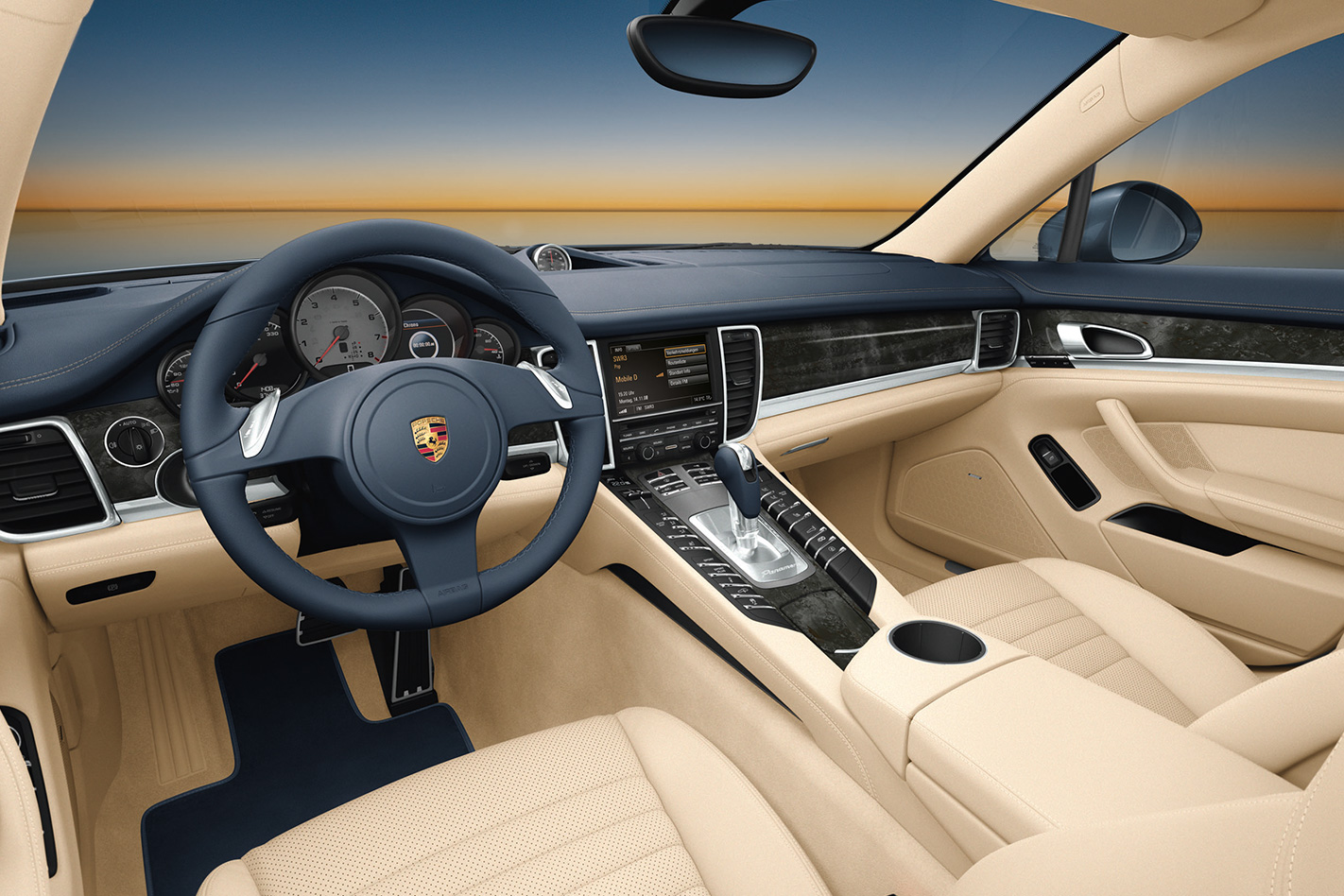
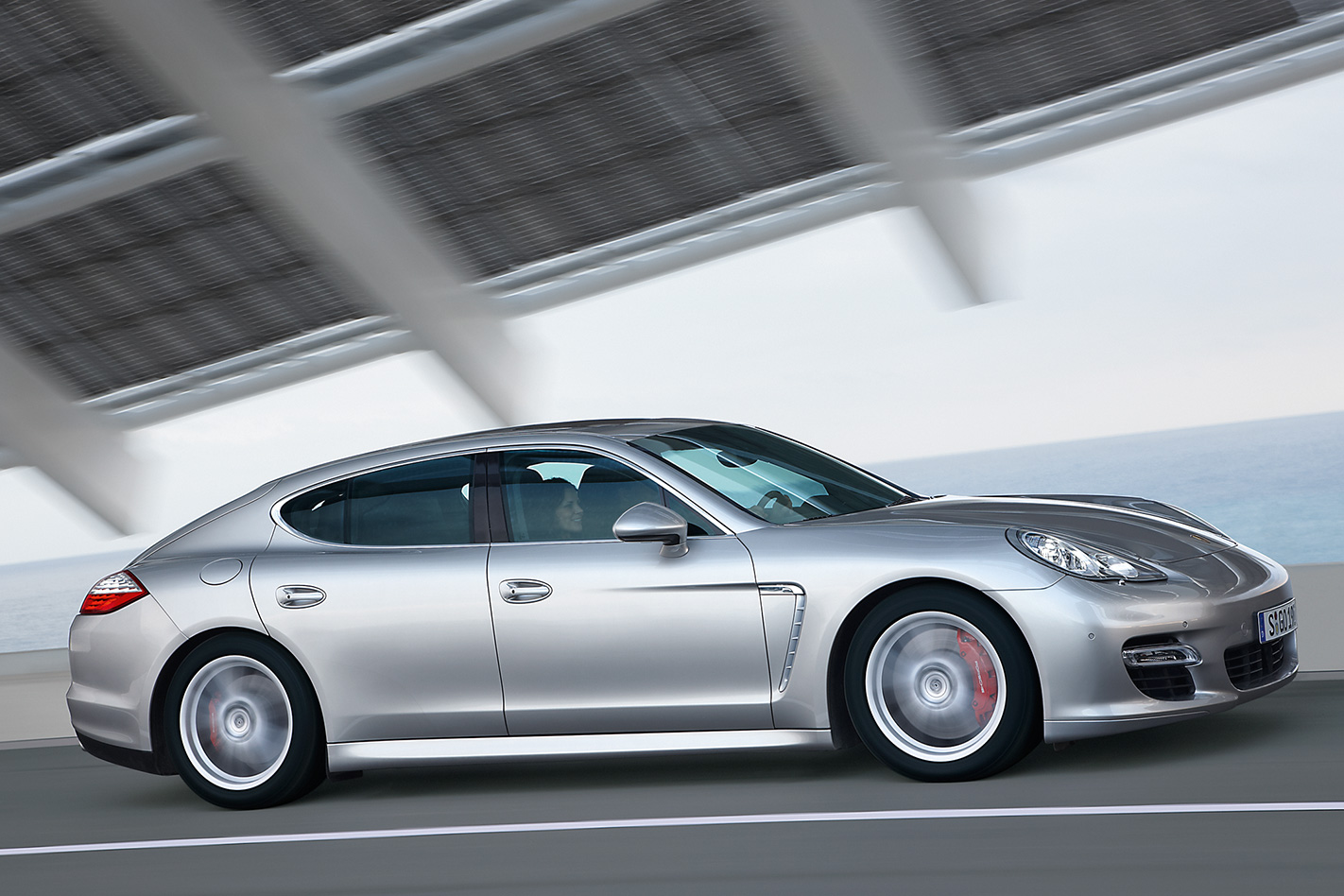
But there’s plenty of leg, head and shoulder room, individual controls for the air-con, and you won’t miss anything outside thanks to good vision through the shallow side windows and a reasonable view out the front courtesy of the theatre-style positioning of the back pews.
Build your own Porsche 911 GT2 RS
While the cabin is more generous than you’d expect, from any seat the Panamera does feel like a big car on the road, particularly in congested European cities and, from the driver’s point of view, it suffers issues with rear visibility through the small window aperture and over its protruding shoulders in the side mirrors.
But really, who’s going to be looking backwards when you’re driving a car capable of rocketing to 100km/h in 4.0sec? It has a top speed of 303km/h and has lapped the Nurburgring in 7:56 – just 11sec slower than a 911 Turbo. The Panamera is all about going fast in style and comfort, no matter if it’s on a twisty alpine pass or barrelling along an autobahn.
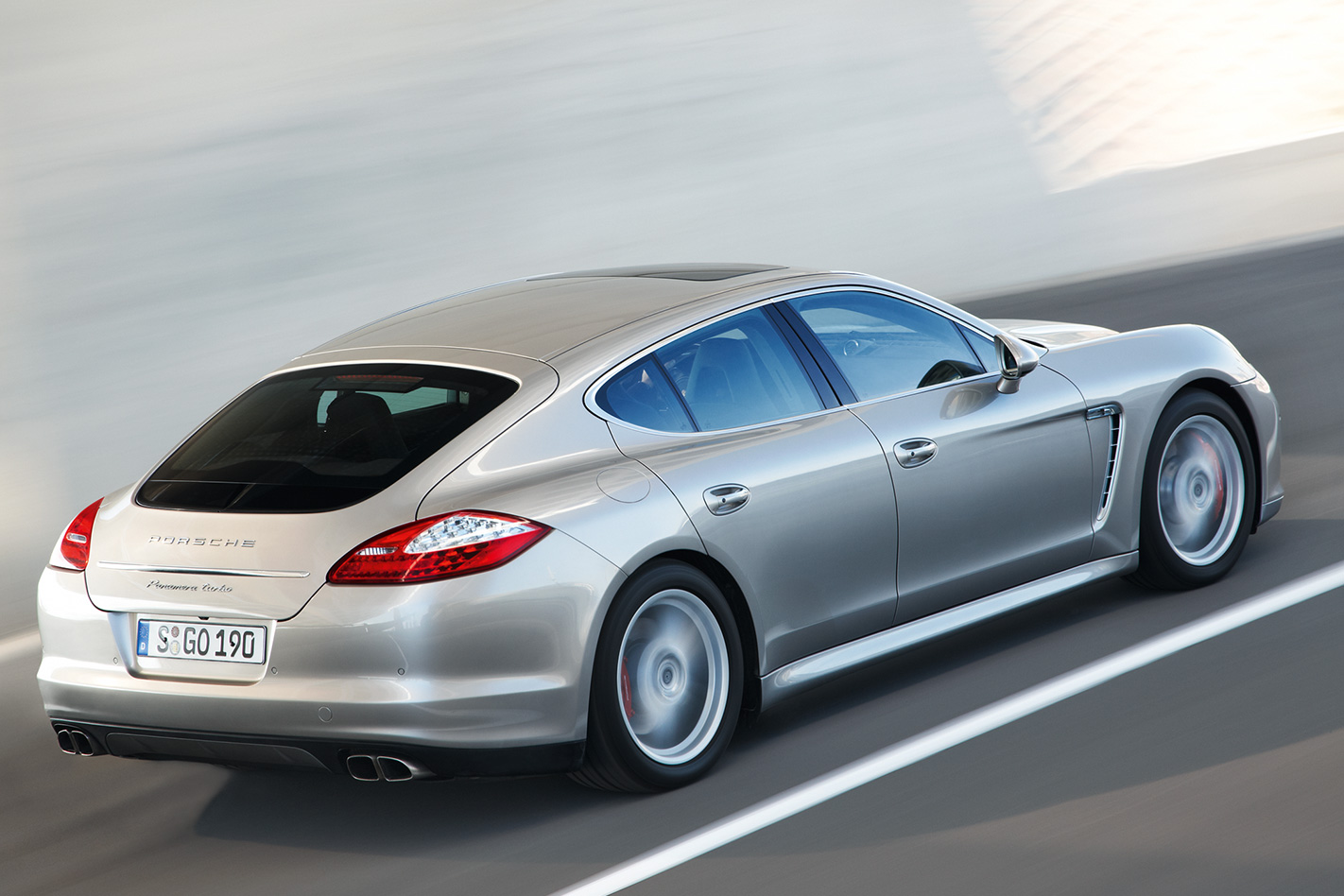
The speed-sensitive power steering is also noticeably lighter than any other Porsche at slow speeds, which helps as we manoeuvre through a series of small ski villages before crossing the border to Austria.But, as the road turns into a slithering section of Alpine bends and the invitation arrives to open the taps on the 4.8-litre twin-turbo V8 and unleash the full force of 368kW and 700Nm, the Panamera quickly proves its point. At the same time, though, it highlights the Panamera’s one weakness – weight. With the suspension in standard settings, the Panamera pitches and bobs around as it tries to control 1900kg.
Sport mode noticeably tightens things up, but it remains comfortable at any speed and certainly offers the best balance between ride and handling. With the optional Sport Plus Chrono package – which lowers the car by 25mm, stiffens the dampers, tightens the steering, quickens the gearchanges and increases peak torque to 770Nm via an overboost function – the Panamera stretches itself beyond being a rapid executive express. It suddenly feels like a Porsche.
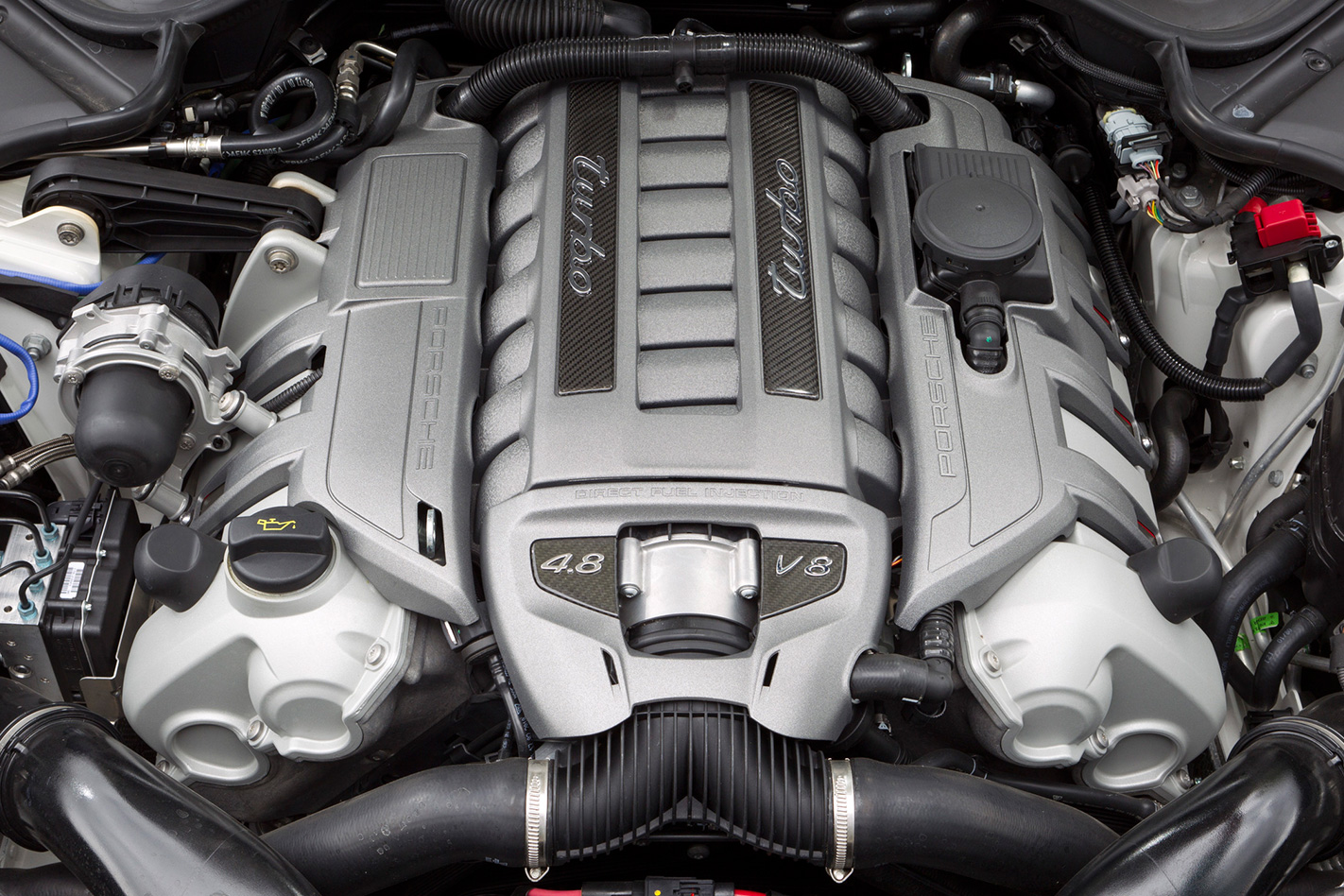
In tight corners, it does tend to understeer and, as we barrel into a bend way too fast and wash off speed with a hefty amount of trail-braking, the rear steps out slightly. Both aspects, I suspect, are factors of its weight more than anything else. But the high-tech all-wheel drive system and optional carbon-ceramic brakes fitted to our Panamera Turbo keep it all in check with a stealth-like cloak of security.Even with the PSM system on, the Panamera Turbo lights up all four wheels as I power it out of an opening radius, uphill hairpin, which proves that Porsche has drilled its sportscar DNA deep into the Panamera’s soul, and also the brutal strength of its engine. With specially-developed Michelin Pilot Sports at each corner measuring 255/45 across the front and 285/40 at the rear, it takes a shedload of urge to turn them into blue smoke. But it can, and it did.Like the multi-faceted nature of Panamera’s chassis, the V8 has more than one card in its deck. At sensible Australian highway speeds, the direct-injection 4.8 burbles along, utilising its extra-tall seventh gear at just over 1200rpm, which Porsche says helps it return less than 9.0L/100km on the open road. Bury the accelerator into the firewall, however, and the Panamera transforms from a gentleman into a rugby league player.

But I can’t see the Panamera being considered as gorgeous as a Maserati Quattroporte or as glamorous as an S-class. It’s out there on its own, but only a company as confident as Porsche could execute it so successfully.Perhaps it’s now time to give my 10-year-old son an experience he’ll never forget. At least he won’t have his knees pressed into his chin.

